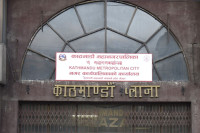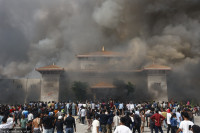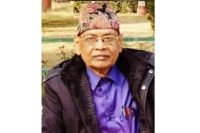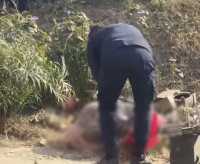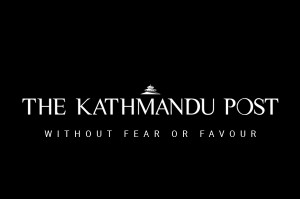Valley
Indigenous groups fear for right over resources
Indigenous communities have protested the government’s categorisation of many ethnic groups as minorities stating that the move could deprive them of the rights and privileges they are entitled to.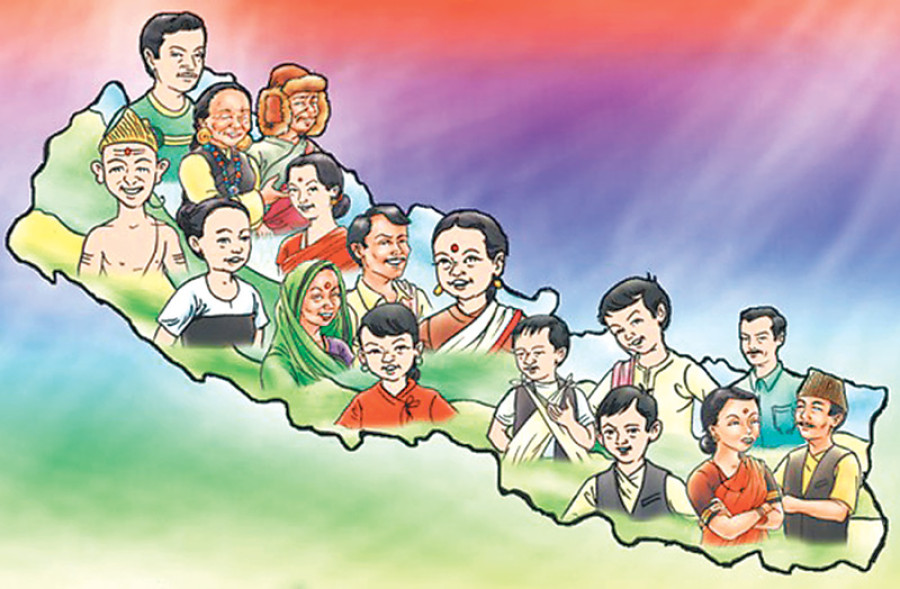
Prithvi Man Shrestha
Indigenous communities have protested the government’s categorisation of many ethnic groups as minorities stating that the move could deprive them of the rights and privileges they are entitled to.
On April 24, the government published a notice on the Nepal Gazette declaring 98 communities with population below 0.5 percent according to Census 2011 as minority groups. According to the Nepal Federation of Indigenous Nationalities (Nefin), 38 indigenous communities have been listed as minorities.
With declaration of results of the first phase of local elections almost over, those elected to the local federal councils have the constitutional requirement to elect representatives from Dalits and minorities to give the local governments their full shape.
According to the constitution promulgated in 2015, there should be representation of three persons in a municipality from these two communities and two in a village council.
But Nefin, as well as individual indigenous groups, has protested the government’s decision saying that the new categorisation could deny them the rights provisioned in the new constitution and the International Labour Organization Convention on Indigenous and Tribal People (169).
The constitution says special, protected or autonomous regions may be formed by the federal law for social, cultural protection or economic development of indigenous communities. Those with small populations are expected to benefit from this clause.
The ILO Convention 169 states that the rights of the peoples concerned (indigenous and tribal people) to the natural resources pertaining to their lands shall be specially safeguarded. “These rights include the right of these peoples to participate in the use, management and conservation of these resources.”
“The government’s move to categorise many indigenous communities as minorities is to silence them by offering a few representatives at the lower level,” said Nitya Nanda Tajpuriya, general secretary of Nefin.
Tajpuriya is one of the communities listed as minority. Nefin leaders said they were seeking mainstreaming of the indigenous communities with low population by creating special, protected or autonomous regions.
“The government’s move is aimed at silencing us by offering token representation at the ward level,” said Sukbir Thami, the Nefin secretary.
Protesting the decision, the Lawyers’ Association for Human Rights for Nepalese Indigenous Peoples is preparing to file a writ petition at the Supreme Court in coordination with Nefin and other indigenous groups.
But those leading the indigenous movement say they will support the move if the government defines 38 indigenous nationalities as minorities within the indigenous community.
The government has defended its move. “What can be the other method of defining minorities except population?” asked Bal Krishna Panthi, spokesperson for the Home Ministry.
According to the Election Commission, there will be representation of 1,751 Dalit and minority community members at the local level. The total population of minority communities as categorised by the government is 2,967,189, which is 11.19 percent of the total population.




 7.12°C Kathmandu
7.12°C Kathmandu

